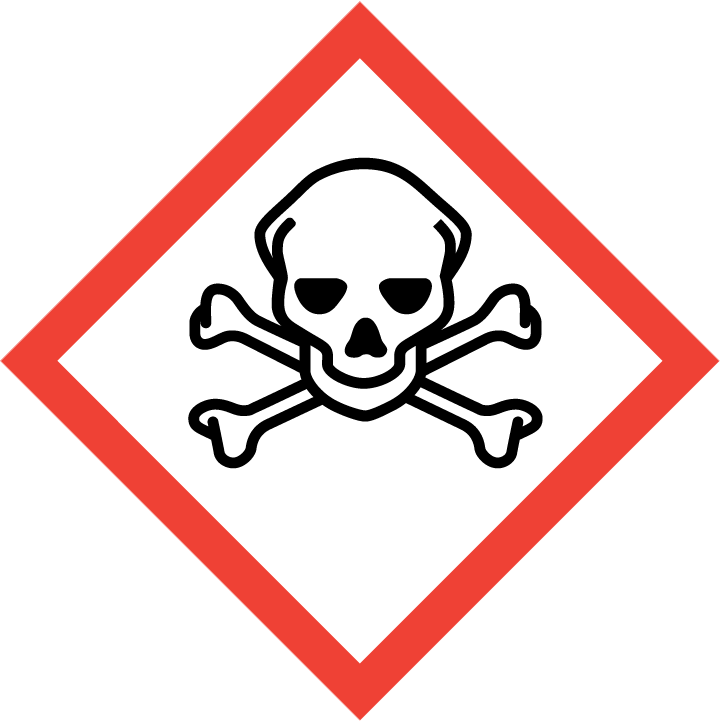| Chemical Name: | 2(1H)-Pyridinone, 3-chloro-5-(trifluoromethyl)-, hydrazone |
| CAS Number: | 89570-82-1 |
| Product Number: | AG003XXL(AGN-PC-0OM5N0) |
| Synonyms: | |
| MDL No: | |
| Molecular Formula: | C6H5ClF3N3 |
| Molecular Weight: | 211.5722 |

The compound 3-Chloro-2-hydrazinyl-5-(trifluoromethyl)pyridine, also known as $name$, plays a crucial role in chemical synthesis as a versatile building block. One of its significant applications lies in its utility as a key intermediate in the synthesis of various pharmaceutical compounds and agrochemicals. Additionally, $name$ can act as a valuable starting material for the preparation of heterocyclic compounds with potential biological activities. Its unique structural features make it a valuable tool in the development of new materials and the study of structure-activity relationships in drug design.Furthermore, the presence of both a chloro group and a trifluoromethyl group in the molecule enhances its reactivity and can facilitate the introduction of diverse functional groups through various chemical transformations. This versatility makes $name$ a valuable asset in the toolbox of synthetic chemists for the construction of complex molecular architectures with tailored properties.